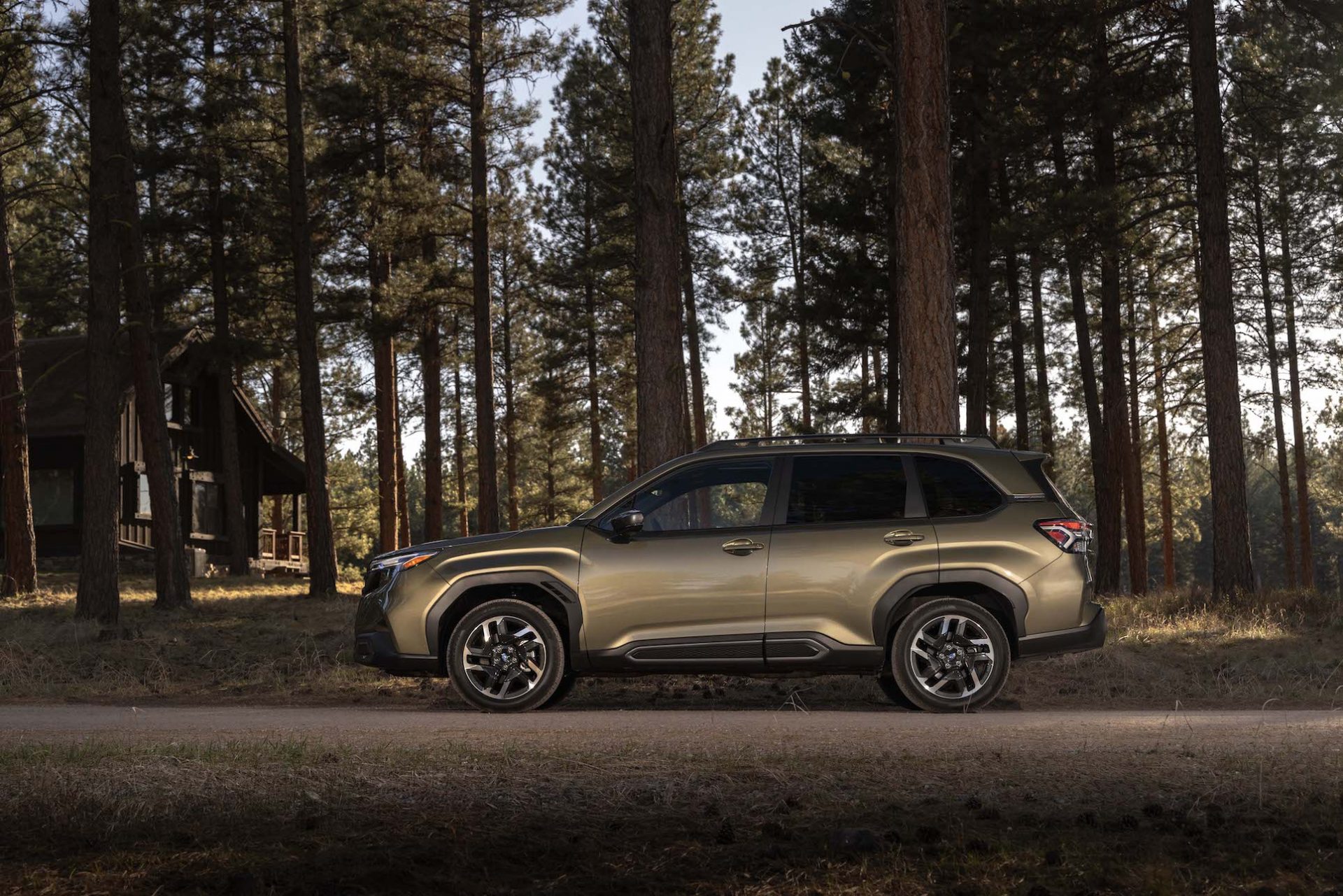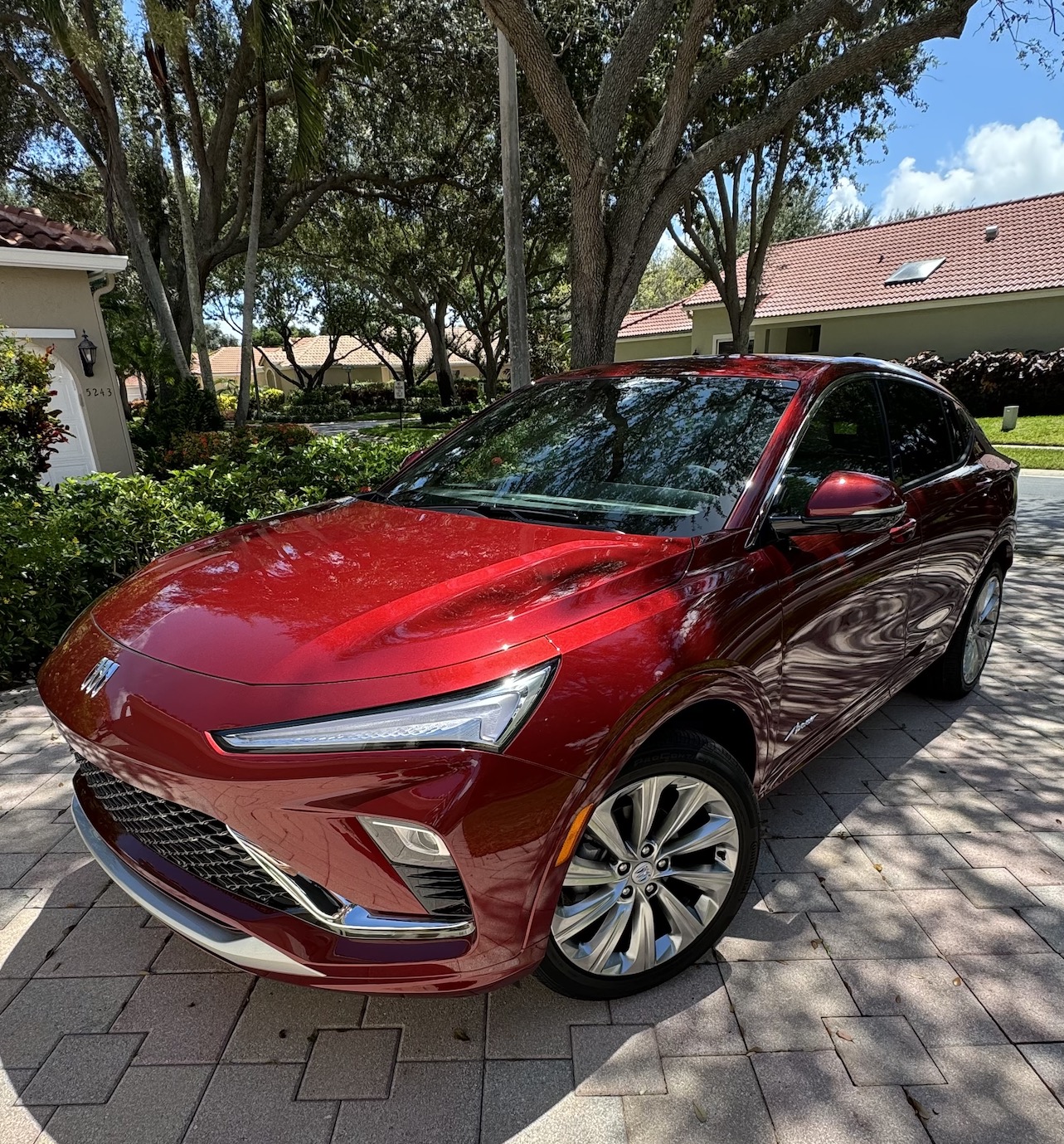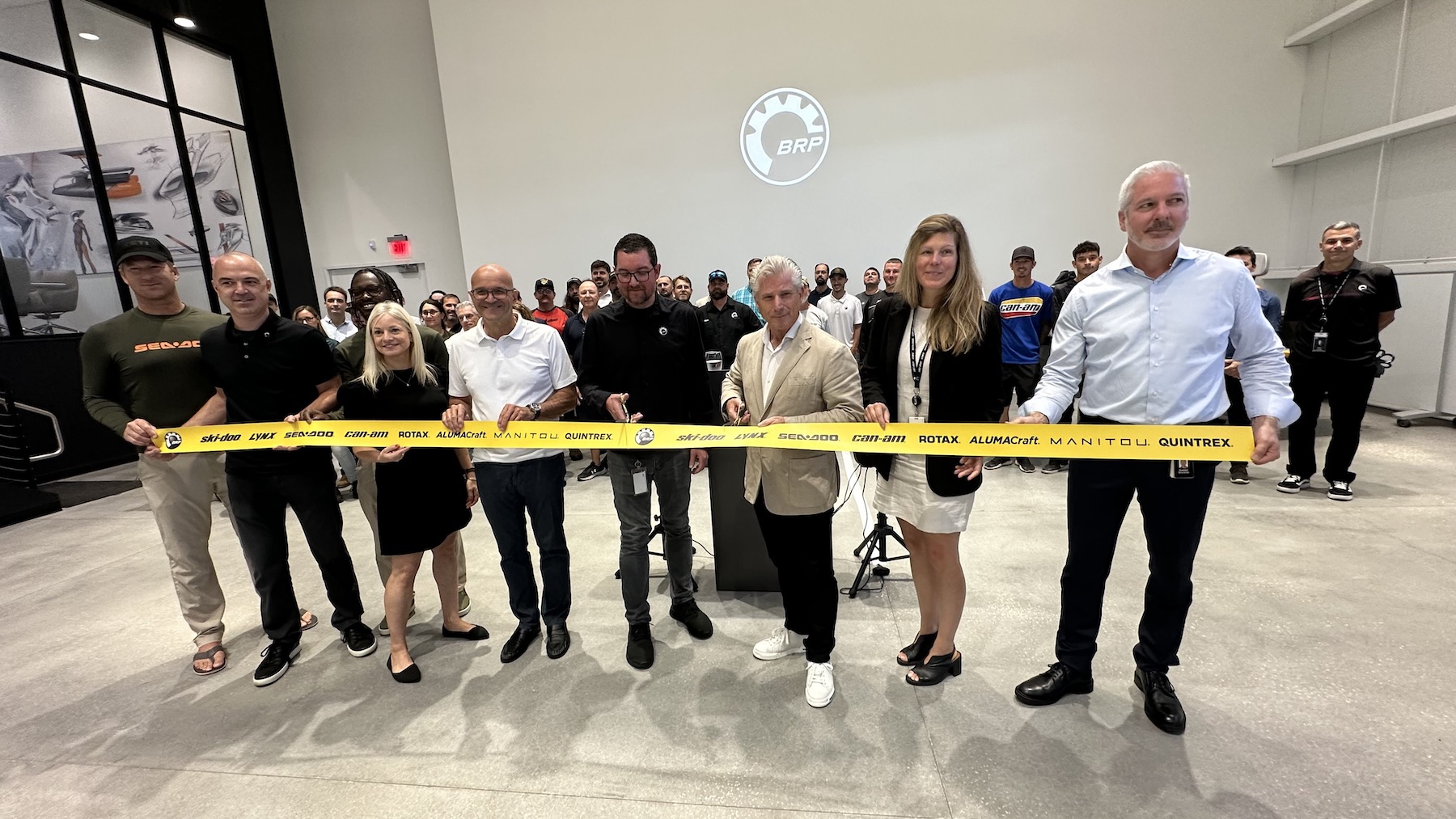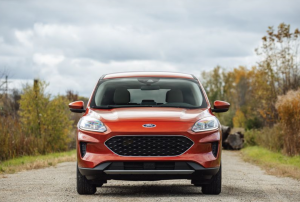 The 2021 Ford Escape is a small SUV that competes against segment juggernauts including the Honda CR-V and Toyota RAV4. Redesigned just last year, this versatile crossover is roomier and more powerful than the previous Escape, while a range of new engines ensures there’s a powertrain to fit any buyer’s budget or needs. That is especially true of this year’s model, which expands availability of the hybrid model to the SEL trim level.
The 2021 Ford Escape is a small SUV that competes against segment juggernauts including the Honda CR-V and Toyota RAV4. Redesigned just last year, this versatile crossover is roomier and more powerful than the previous Escape, while a range of new engines ensures there’s a powertrain to fit any buyer’s budget or needs. That is especially true of this year’s model, which expands availability of the hybrid model to the SEL trim level.
On the inside, the Escape offers Ford’s newest Sync infotainment interface — one of the most user-friendly touchscreen systems in the class. There’s also a long list of available safety features. Among these is adaptive cruise control, which can now recognize speed limit signs and adjust the Escape’s speed accordingly. Despite some drawbacks, such as clunky transmission shifts and poor handling capabilities, the Escape is a strong competitor in one of the toughest segments on the market.
Ford Escape models
The 2021 Escape is a small SUV available in four trim levels: S, SE, SEL and Titanium. By default, most trims are driven by a turbocharged 1.5-liter three-cylinder engine (181 horsepower, 190 lb-ft of torque) paired to an eight-speed automatic transmission. Standard for the Titanium and optional for the SE and SEL is a fuel-sipping 2.5-liter hybrid powertrain (200 total system horsepower) that drives the wheels via a continuously variable automatic transmission (CVT). Those looking for more power can opt for the turbocharged 2.0-liter four-cylinder (250 hp, 280 lb-ft) available on the SEL and Titanium trim levels. Front- or all-wheel drive is available with the three-cylinder and hybrid powertrains, while the turbo-four comes only with AWD.
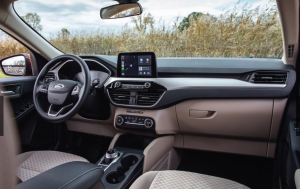 Engine, Transmission, and Performance
Engine, Transmission, and Performance
The 2021 Escape offers a wide range of powertrains, starting with a 181-hp turbocharged 1.5-liter three-cylinder engine that can be had with either front- or all-wheel drive. The turbo three, while somewhat grumbly and unrefined, provides adequate acceleration and managed to motivate an all-wheel-drive Escape SE to 60 mph in 7.7 seconds at our test track. Upgrading to the 250-hp turbocharged 2.0-liter four-cylinder is the compelling choice and was powerful enough to score a 5.7-second result in the same zero-to-60-mph test. Both gasoline engines are paired to an eight-speed automatic transmission. To tackle new competition in the form of the Honda CR-V hybrid and the Toyota RAV4 Prime, Ford also offers two Escape hybrids—one of which is a plug-in—and those powertrains consist of a 2.5-liter four-cylinder and two electric motors which combine to make 221-hp.
Range, Charging, and Battery Life
The plug-in hybrid model will carry a 14.4-kWh battery pack, which is good enough for an EPA-estimated 37 miles of electric-only driving. When we have a chance to test the plug-in model and learn more about the plug-in hybrid’s capabilities we will update this story with more details.
Fuel Economy and Real-World MPG
According to the EPA, the turbocharged 1.5-liter three-cylinder model with front-wheel drive will offer the highest fuel economy estimates among nonhybrid Escape models. It’s rated for 27 mpg city, 33 mpg highway, and 30 mpg combined; adding all-wheel drive drops those numbers to 26 mpg city, 31 mpg highway, and 28 mpg combined. We tested an all-wheel-drive model with the turbo three-cylinder and managed an impressive 35 mpg during our 200-mile highway fuel-economy route. Although the larger turbocharged 2.0-liter four-cylinder with all-wheel drive is rated for 23 mpg city, 31 mpg highway, and 26 mpg combined, we ended up with a 32-mpg highway result in our testing. For those seeking the most efficient Escape, look no further than the plug-in hybrid model, which earns fuel economy ratings as high as 44 mpg city.
Interior, Comfort, and Cargo
The Escape’s cabin, while handsomely styled and spacious for both front- and rear-seat occupants, suffers from several low-rent plastic panels, including those on the doors and lower center console. Highly textured cloth seat upholstery is standard, while higher trim levels receive either convincing faux-leather seating surfaces or genuine leather in the top-spec Titanium. Behind the Escape’s rear seat is a capacious cargo hold that provides space for up to eight carry-on suitcases, which ties its crosstown rival, the Chevrolet Equinox. We fit 21 cases with the Escape’s rear seats folded, but the Equinox held two more.
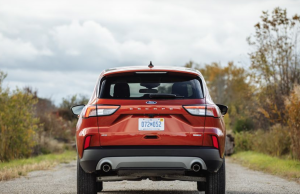 Safety and Driver-Assistance Features
Safety and Driver-Assistance Features
The Ford Escape has earned a five-star safety rating from the National Highway Traffic Safety Administration (NHTSA) and a Top Safety Pick award from the Insurance Institute for Highway Safety (IIHS). Ford is offering a suite of driver-assistance features, which it calls Co-Pilot360, as standard on every Escape model. Key safety features include:
Standard forward-collision warning with automated emergency braking
Standard lane-departure warning with lane-keeping assist
Standard blind-spot monitoring with rear cross-traffic alert
Warranty and Maintenance Coverage
Ford’s standard warranty package is fairly basic, especially compared to rivals such as the Hyundai Tucson and the Kia Sportage, both of which offer far longer powertrain coverage. The Escape hybrid and plug-in hybrid will both come with a policy that’s specific to those models’ electrified powertrains and provides up to 100,000 miles worth of protection.
Limited warranty covers 3 years or 36,000 miles
Powertrain warranty covers 5 years or 60,000 miles
Hybrid component warranty covers 8 years or 100,000 miles
No complimentary scheduled maintenance



